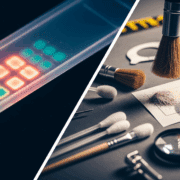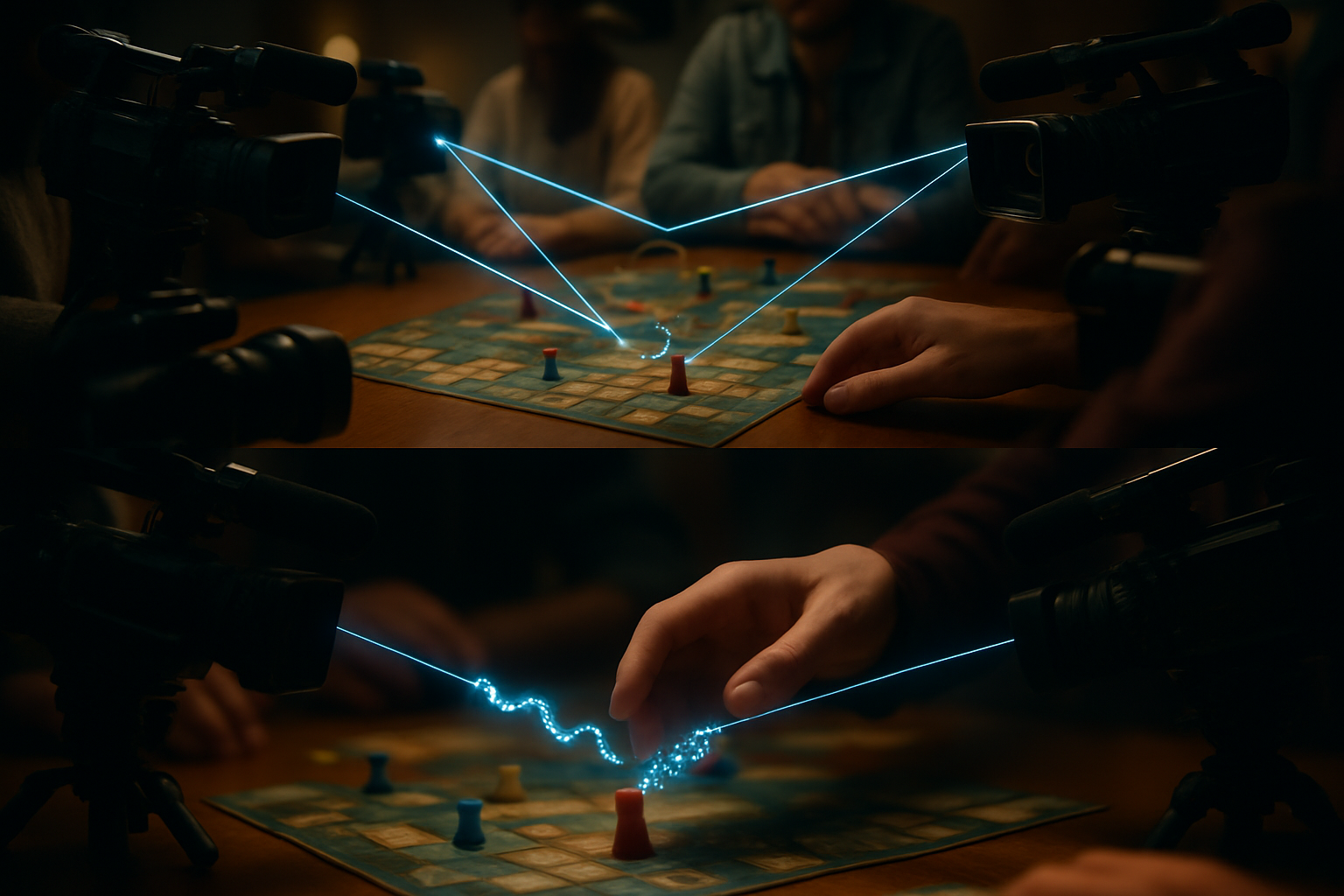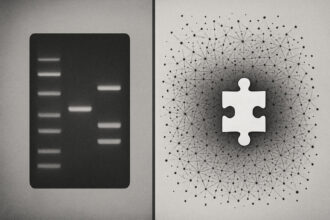Context Shapes Digital Forensics Observations
A pivotal study published in Forensic Science
The study showed that experts analyzing the same digital evidence
The Study Design
The researchers enlisted 53 digital forensic examiners from eight countries, including the UK, to analyze a computer hard drive. Participants were divided into groups receiving varied levels of contextual information:
- Control Group: Provided only basic case details.
- Guilt Context Groups: Informed that the suspect confessed or had a motive.
- Innocence Context Group: Told the suspect was likely framed.
Examiners were tasked with identifying 11 preselected traces of evidence, ranging from emails and chats to more complex forensic artifacts.
Findings: Bias and Inconsistencies
- Evidence Observed: None of the participants identified all 11 traces. Most found between 5 and 8, while others identified as few as 1 to 4.
- Bias Impact:
- Guilt groups observed more evidence traces than the control group.
- The innocence group found the fewest traces, indicating bias to overlook evidence.
- Weak guilt context (e.g., wage conflict) led to exaggerated findings compared to strong guilt context (e.g., confession).
- Reliability Scores: A statistical measure revealed low consistency, with scores below the acceptable threshold (0.667). The strongest agreement was seen in guilt-context groups but remained inadequate.
Implications for Forensic Science
Dror and Sunde argue that digital forensics urgently needs quality assuranceQuality assurance (QA) is a comprehensive set of activities and processes to ensure the overall quality and reliability of the work conducted within a laboratory. QA is a proactive approach that focuses on improving scientific Read Full Definition reforms. Current inconsistencies raise concerns about the reliability of forensic evidence in legal proceedings.
“High reliability between digital forensic examiners is anticipated,” the study notes. “However, consistency alone does not guarantee accuracyIn scientific and measurement contexts, "accuracy" refers to the degree of proximity or closeness between a measured value and the true or actual value of the measured quantity. Accuracy indicates how well a measurement reflects Read Full Definition or validity.”
The authors emphasize that bias can arise from exposure to irrelevant information, such as a suspect’s confession or past criminal record. To mitigate this:
- Examiners should only be provided with task-relevant contextual information.
- Blind proficiency testing using fake test cases should assess human performance.
A Call for Systemic Reform
The study concludes with a stark warning: digital forensic examinations must adopt stringent quality controlQuality control (QC) refers to a series of activities and measures conducted on individual laboratory tests or analyses to verify and ensure the accuracy and reliability of the results. QC is a reactive approach that Read Full Definition measures to prevent bias from undermining justice. By isolating examiners from irrelevant case details, forensic investigations can move closer to objective, reliable results.
Journal Reference:
Nina Sunde, Itiel E. Dror, A hierarchy of expert performance (HEP) applied to digital forensics: Reliability and biasability in digital forensics decision making, Forensic Science International: Digital Investigation, Volume 37, 2021. DOI: 10.1016/j.fsidi.2021.301175.










